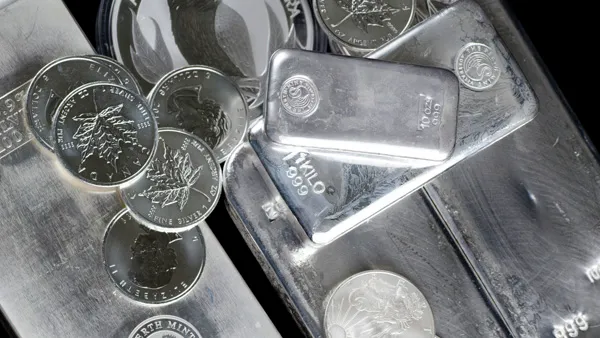In recent years, silver has undergone a profound transformation in its role within global markets. Once traditionally regarded as a precious metal associated with investment and savings, it is now establishing itself as a strategic industrial commodity. In 2024, industrial demand for silver reached a record-breaking 680.5 million ounces the highest in history—at a time when global supply struggles to keep pace with this rapid growth.
This shift in demand dynamics has not been sudden. It stems from a decade of technological and economic changes. A decade ago, industrial usage accounted for 50% of total silver consumption; today, that share has risen to 59%. What now distinguishes silver from gold is its essential role in modern technologies—from solar panels to precision electronics and increasingly in artificial intelligence applications, all of which rely on silver’s unmatched thermal and electrical conductivity.
For investors, silver is no longer merely a hedge against inflation or a safe haven in times of financial turmoil. It is now intricately tied to global industrial demand cycles, presenting new and fundamentally different opportunities from traditional precious metals investment. Most notably, the silver market has recorded a supply deficit for the fourth consecutive year, with a cumulative shortfall of around 678 million ounces since 2021, due to sluggish production growth amid soaring demand.
This intersection of constrained supply and surging industrial demand positions silver for a potential long-term bull market—not driven solely by central bank policies or interest rate movements, but by the real, tangible forces of industrial innovation. In this light, silver may be on the path to becoming one of the most dynamic assets of the coming decades—not just because of its historical value, but due to its pivotal role in shaping the future of the global economy.
